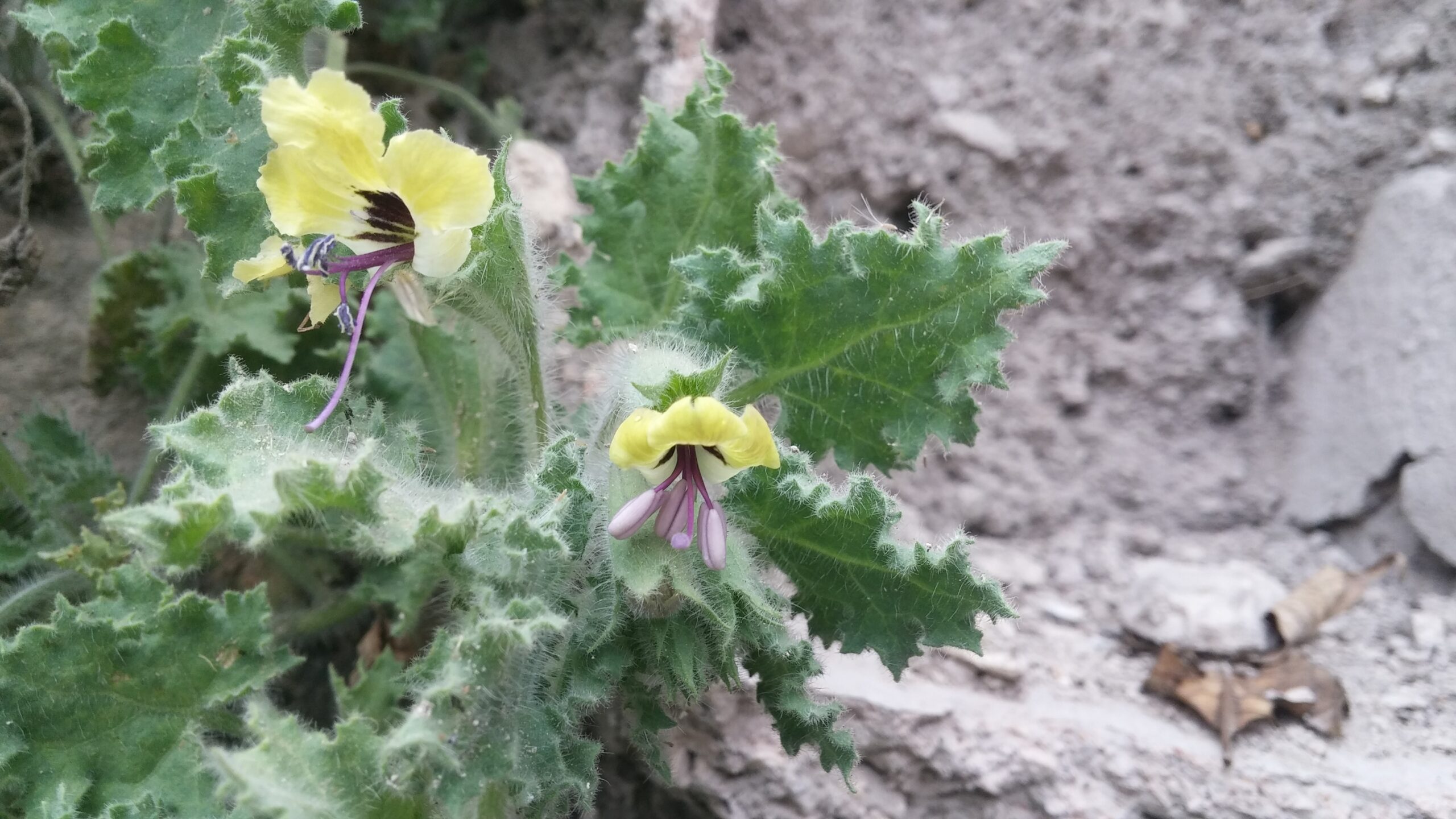Cart is empty
In almost perfect timing, just a few days before the Tu Bi’Shvat, the archaeologists and diggers in the City of David received an emotional greeting from the high priest, which came in the form of a small, colorful flower discovered in the Herodian Street excavations.
The flower, Hyoscyamus, known informally as the “golden intoxicant”, was discovered during excavations carried out recently on the “Pilgrims’ Path” – the path that goes up from the Pool of Siloam to the Temple, along which the pilgrims and the High Priest himself walked during the time of the Second Temple, the latter taking this path in order to anoint the water.
In the writings of the historian Josef ben Matthias (Flavius Josephus), the High Priest’s hat is described through the special flower: “And it is made of three columns, on top of which is a golden bud, a goblet, which reminds us of the plant called Shikhrona in our country” (Antiquities of the Jews 3, 6).
In his description, Josef ben Matthias probably meant a golden intoxicating plant that grows in rock walls, caves and ancient ruins. The size of the flower is 2-3 cm, and is shaped like an asymmetrical bell. It has golden petals with purple-pink stamens. It blooms all year round, but especially in the spring. The plant is extremely poisonous, and eating it causes intoxication and can even cause death. Doctors in ancient times prepared medicines from the plant, and the Bedouin make potions from it even now.
The director of the excavation on the “Pilgrims’ road”, archaeologist Nachshon Zanton describes the feelings he experienced when he noticed the plant during the excavation: “Every now and then, when I notice a flower in the excavation area, I am reminded of the High Priest. This is especially exciting in light of the fact that we are excavating a street from the time of the Second Temple. As an archaeologist who is usually surrounded by inanimate findings from the past, I was excited to also see the connection to the present, and the flora that is renewed and blooming to this day.”
So, next time you are traveling in the City of David, open your eyes and take a good look around – maybe you will also receive a 2000 year old greeting!



